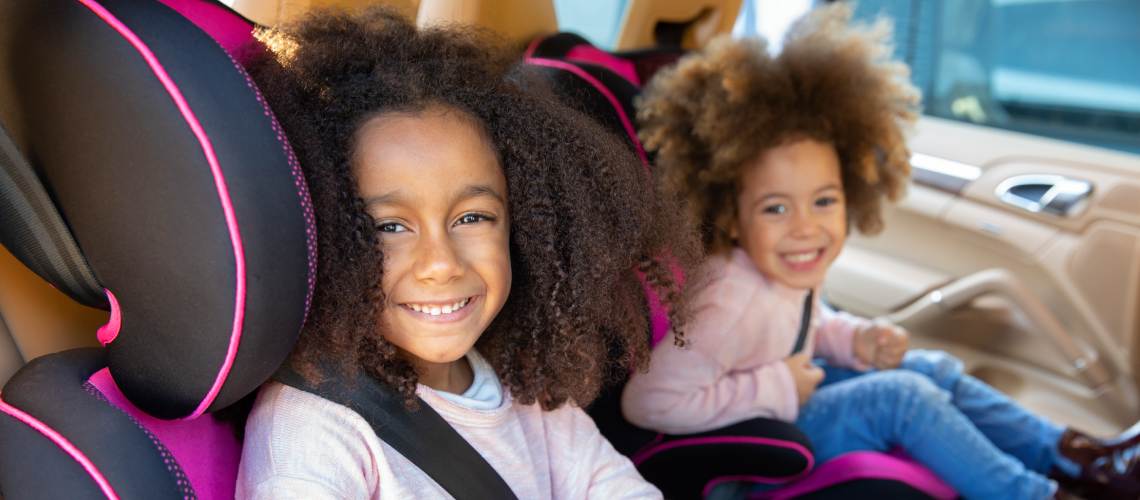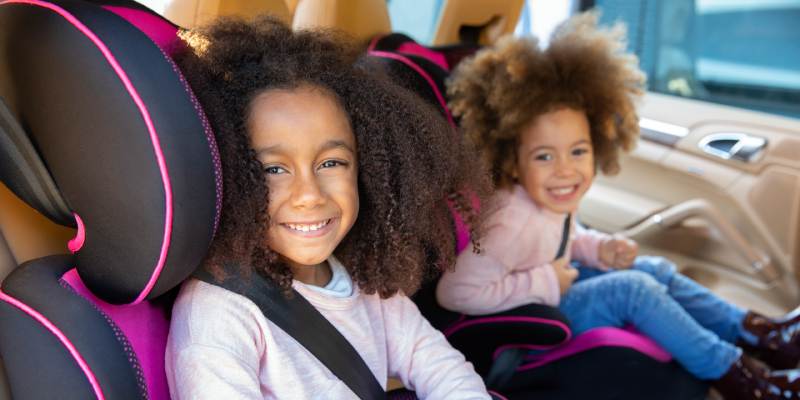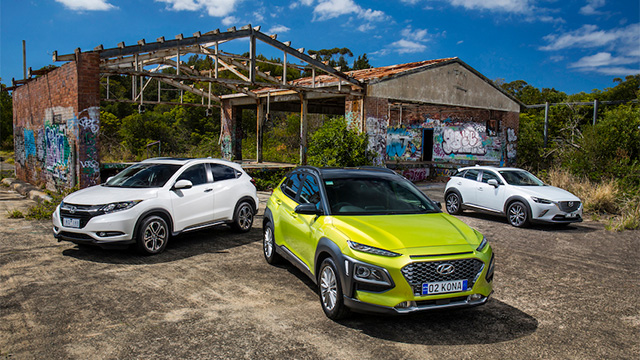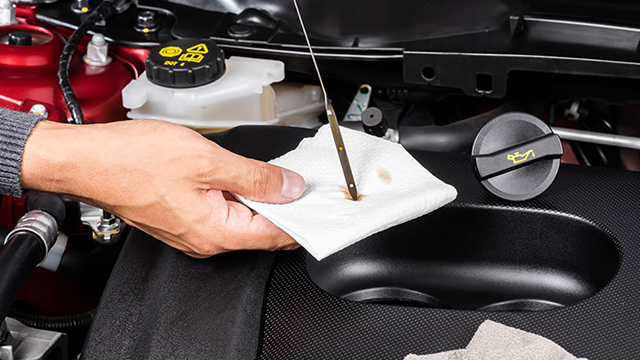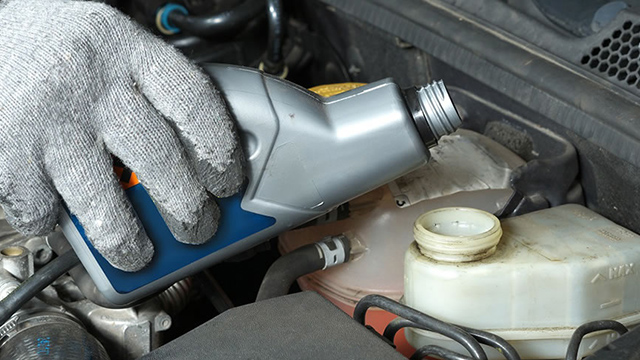Our article about a high-profile baby sleep consultant’s ‘very disturbing’ advice on putting swaddled infants in child car seats and the subsequent response from the inventor of a seat strap caught in the drama has stirred up more issues, questions and assertions around the topic.
Save Our Sleep author Tizzie Hall made no comment on Houdini Stop creator Bianca Richardson’s objections to promoting the use of the strap on swaddled infants in rear-facing seats.
But she did tell the NRMA of her concerns about unsecured booster seats and her belief in the need for ISOFIX-compatible products for older kids during our initial interview.
Ms Hall said many parents weren’t conscious of the need for a booster seat to be secured with the seatbelt even when a child wasn’t using it.
While this requirement is spelt out in owner manuals, it isn’t pointed out in instructional material such as that found on the Kidsafe website or in a childcarseats.com.au video on the topic.
“Once again I found nothing about securing the empty booster in place,” she said.
“The last (childcarseats.com.au) video of the boosters showed a two-child family: let’s say they dropped one child off at a party and had the older child still in the car.
“(If they) didn’t secure the seat and (then) crashed, the older child could be injured by the booster.”
This is because all child seats are secured by the combination of the tether strap and the seatbelt.
The seatbelt is always clipped in when used with a front- or rear-facing child car seat but it is used in the usual manner – buckled or unbuckled to allow a passenger to enter or exit – in a booster seat.
An unoccupied booster seat that isn’t secured with a seatbelt is therefore held only by the tether attached to the top of the seat and could fly about violently in the event of a sudden stop or collision.
The NRMA strongly recommends parents secure booster seats with belts at all times.
But it is for this reason Ms Hall is an advocate of extending ISOFIX technology to booster seats.
Referred to as ISOFIT in the UK and Ireland, ISOFIX-equipped booster seats are not currently approved for sale in Australia.
When approached by the NRMA, Child Restraint Standards Committee chair Lynne Bilston said an ISOFIX-based booster seat threatened a higher risk of injury than a booster held by a seat belt and tether.
"There was a one study from North America that suggested that a rigid booster could encourage belt injuries as the booster is rigidly held," she said.
By comparison, a seatbelt-based seat offers more extension and therefore lower forces on the child.
But Ms Hall said the extension of the local ISOFIX range to booster seats was essential.
“I only started selling child car seats on my website since ISOFIX was approved for use in Australia and I’ll only sell booster seats when we get ISOFIT,” she said, adding that she received hate mail for her stand on ISOFIX.
Booster seats aren’t the only issue to emerge as part of this NRMA investigation: we have now learnt that Ms Hall’s advice about putting swaddled babies in child car seats could be interpreted as illegal in at least one Australian state.
Our colleagues at the Royal Automobile Association (RAA) points to Section 50 of South Australia’s Road Traffic (Miscellaneous) Regulations, where subsection 4a that child car seats must "only be used in accordance with the manufacturer's specification".
Why this is significant is that the Australian Standard only states that owner instructions for child car seats “must include advice about the potential for the infant to be ejected or killed if the baby is wrapped in a blanket or swaddled” and doesn’t clearly state a ban on doing so.
But in the RAA’s opinion, combining manufacturer warnings about the practice with the SA regulation makes it legally possible to enforce these directives because they can be interpreted as “manufacturer specifications”.
Furthermore, the relevant passage in Table 6.2 of Australian Standard 1754 says: A loose restraint or harness is dangerous. Do not harness an infant wrapped in a blanket or swaddled. Any blanket or wrap must only be placed over the harness and infant.
While this is a warning rather than a law, it is a tragic irony that it was added to AS/NZS 1754 following a recommendation from the coroner who investigated the death of the baby mentioned in the Kidsafe Queensland post that sparked the current debate.
NSW traffic law does not mandate adherence to manufacturer specifications, with legislation requiring a child restraint to comply “with the edition of the relevant Australian Standard that was in force at the time of its manufacture in Australia” not necessarily making the warning enforceable.
But it does suggest greater clarity and uniformity is required in state laws as well as in industry guidelines regarding child car seat safety.
Untangling the rules around car child seats
